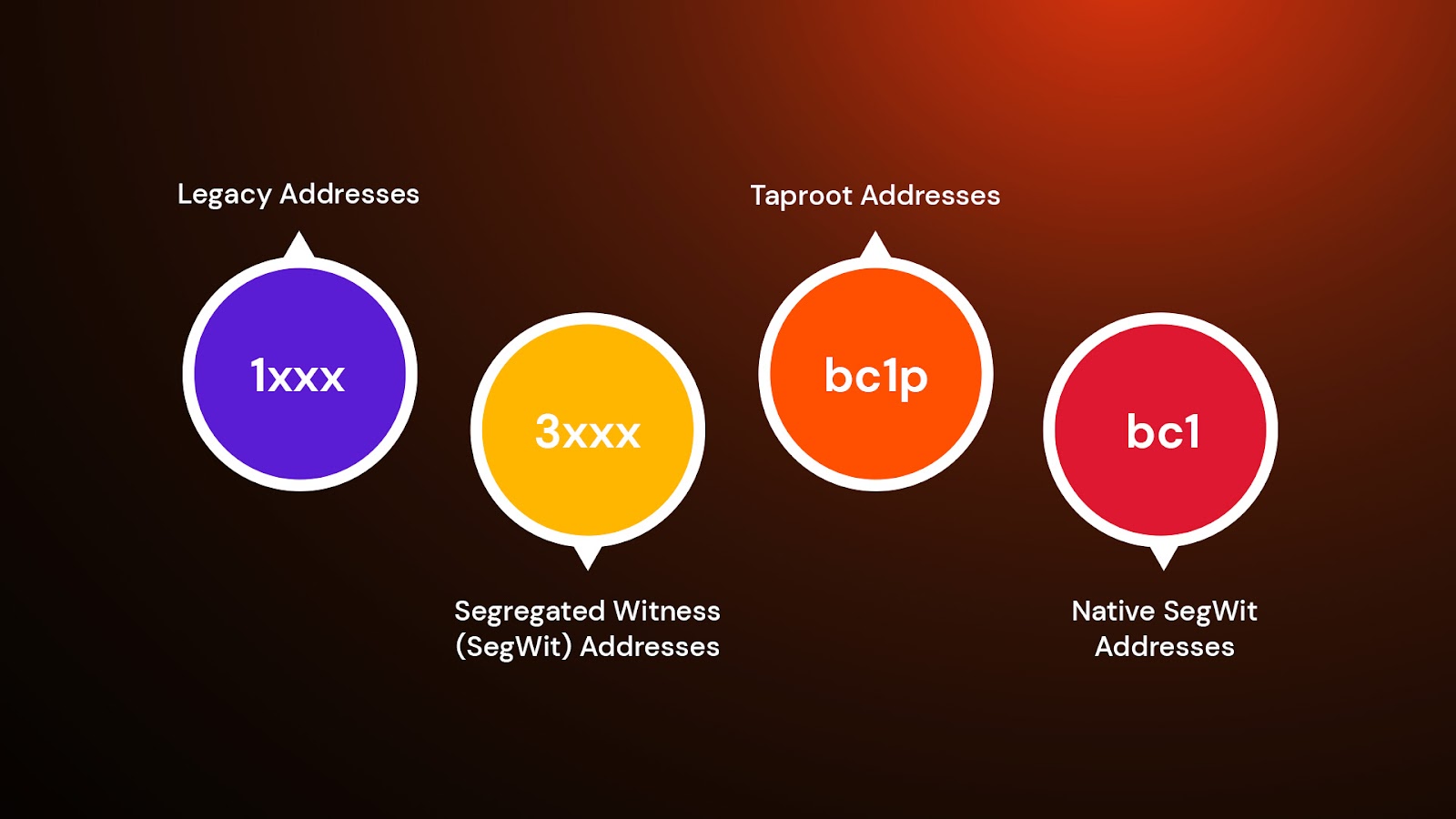Bitcoin addresses aren’t just random strings—they hold the key to your funds and privacy. Using the wrong type could cost you more than fees.
Wondering what a Bitcoin address actually is? You’re not alone. As the digital currency world grows, so does the confusion around these strings of numbers and letters. Simply put, a Bitcoin address is a unique identifier that acts like a destination for sending or receiving Bitcoin. Think of it as an email address, but for your cryptocurrency wallet. According to the Bitcoin Wiki, “a Bitcoin address is a hashed version of a public key.” That’s the technical backbone, but what does it mean for you?
“Bitcoin addresses are designed to be short and easy to use, yet secure enough to protect your funds from unauthorized access.”
Bitcoin addresses come in different formats, each with its own quirks and purposes. The oldest format is called Legacy or P2PKH (Pay to Public Key Hash). These addresses usually start with a number 1—think of them as the grandparent of Bitcoin addresses. They’re widely supported, but they lack some of the efficiency and privacy features introduced later.
Next, let’s meet SegWit, short for Segregated Witness, which steps in to fix some of Bitcoin’s scaling issues. SegWit addresses typically start with a 3 or the letters bc1. They reduce transaction size, resulting in lower fees and a snappier network. The SegWit upgrade was a big deal and changed how Bitcoin addresses were formatted.
Most recently, there’s Taproot, the hip new kid on the blockchain. Taproot addresses also start with bc1 but include some sophisticated improvements for privacy and smart contracts. According to Blockstream, most wallets are gradually adopting Taproot because it “enables more complex spending conditions and makes many transactions appear indistinguishable from simple ones.” Cool, right?
“Taproot addresses enhance privacy while enabling new ways for Bitcoin users to interact with the blockchain.”
So, where do these addresses come from? They’re generated using a combination of cryptographic wizardry and your private key. The process begins with your wallet creating a private key, a secret number known only to you. This key then produces a public key, which in turn gets hashed and encoded into your address. No, this isn’t your average magic trick—it’s the result of robust elliptic curve cryptography, as explained by the book Mastering Bitcoin by Andreas Antonopoulos.
Here’s the raw truth: if someone else gets your private key, they get control of your Bitcoin. That’s why all these address formats strive to make things safer and more efficient.
Now, let’s talk about privacy and address reuse. The solid rule of thumb? Don’t reuse Bitcoin addresses like a clingy ex. Using the same address for multiple transactions can make it easier for prying eyes to map your Bitcoin activity. That’s because every transaction using the same address is linked on the public blockchain, exposing patterns you might want to keep under wraps.
Chainalysis, a leading blockchain analysis firm, highlights that “address reuse decreases privacy and can make your holdings more visible to adversaries.” As a result, most modern wallets automatically generate new addresses for each transaction, encouraging better privacy practices.
Still, some folks cling to legacy behaviors and reuse addresses for the sheer convenience or ignorance. Don’t be that person. The blockchain is a permanent, transparent ledger, and what you broadcast today sticks around forever.
To recap the types, you’ve got:
- Legacy (P2PKH): Starts with 1, oldest format.
- SegWit (P2SH or Bech32): Starts with 3 or bc1, more efficient.
- Taproot: Starts with bc1, newest with advanced privacy.
Each format is backward compatible to varying degrees, but Taproot truly signals the future of Bitcoin addressing.
For more in-depth technical details, trusted sources like Bitcoin.org, Blockstream, and Andreas Antonopoulos’s Mastering Bitcoin provide thorough explanations and updates.





